
Tor Malmros, CEO
For most subscribers, using a mobile network abroad still carries a stigma, in part fuelled by memories of early roaming pricing models and media stories, like that of a British maths teacher in 2014 who was charged almost $3,500 to download a Neil Diamond song using her mobile data whilst on holiday in South Africa.
For users travelling in the EU who have a SIM card from a member country, this is less of a worry nowadays as the EU recently ruled to continue its 2017 ban on roaming charges into 2032. However, for the rest of us going anywhere and EU residents travelling outside the EU the threat of death by roaming fees is still all too real.
As the world moves on from Covid-19 and travel returns, more people are planning to travel this year than before the pandemic, according to a study by Tripadvisor and Ipsos MORI, which surveyed five major travel markets.
Percentage of population planning to travel in 2022 across five markets
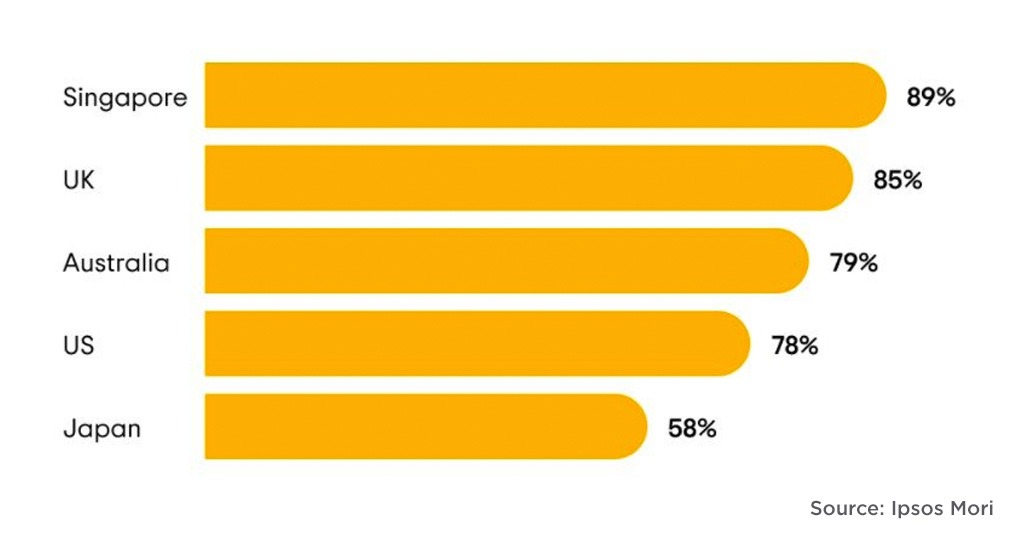
So, how has roaming changed in all those years? Tariffs have been reduced in many markets, but customer usage and technology have also evolved significantly.
A new type of subscriber
The modern mobile subscriber has more connectivity requirements than ever before with mobile data usage growing at a phenomenal rate. Simply put, people need online connectivity for their increasing array of connected devices. Many of us are beginning to see this growing trend as more and more cellular-connected devices are launched. That is until we look at the tourist sector or, more specifically, in-country visitors.
Mobile usage for the modern traveller
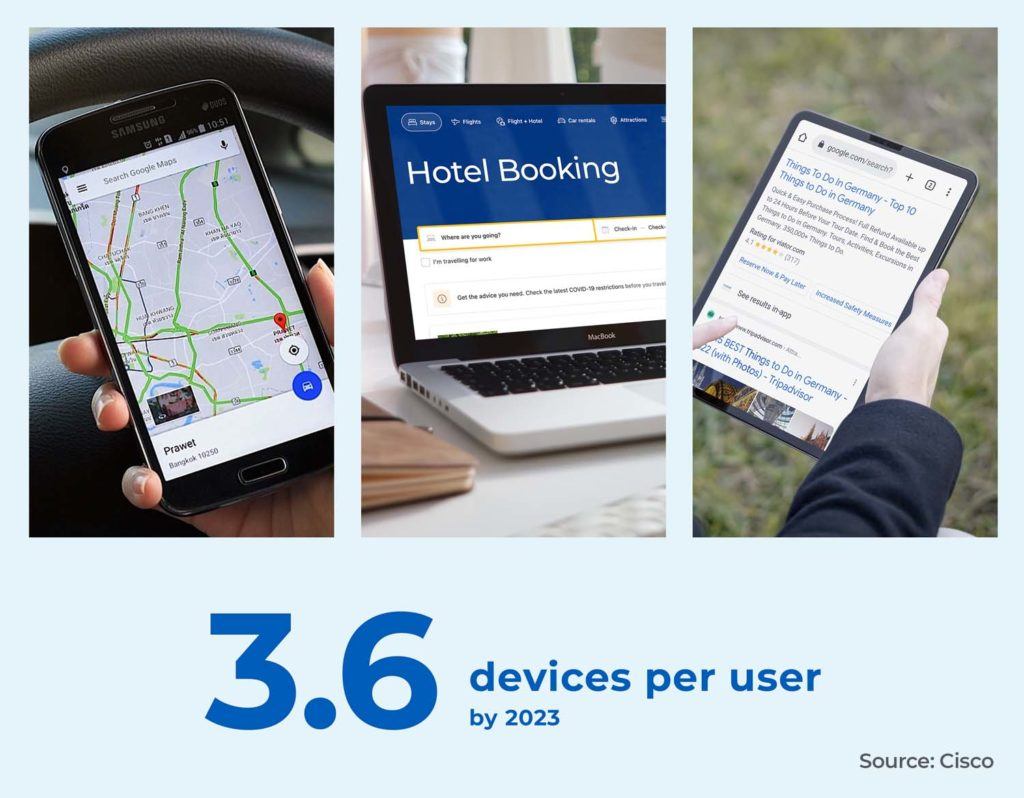
From voice or VOIP, social media and general online access for information, directions, reviews or bookings, travellers have a multitude of data requirements, whether for business or pleasure, but these users still do not roam like they do at home (or rather in their home country). With the increasing prevalence of eSIM in all new connected devices, the times of a user having just one subscription look to be a thing of the past; they are now more likely to have anything from half a dozen to 30-plus subscriptions depending on how much they travel.
From a subscriber perspective, acquiring a local, physical SIM can only be done in-country, in person, and after submitting some paperwork, which is both inconvenient and time consuming. Contrast this to an eSIM subscription which can be obtained quickly and conveniently prior to arriving and users can easily keep it for their next visit. Even if they only get it on arrival, users can get their eSIM subscriptions virtually through a QR code. This means subscribers can include eSIM as an add-on to their usual travel checklist in the same way they would include a hotel or leased car.
eSIM technology encourages operators to revamp their business model and tap into this potential market in two key areas. First, eSIM means operators can substantially lower the costs and time of production, packaging, warehousing and logistics, as well as reducing operator’s carbon footprint by removing the high turnover of plastic SIMs.
Second, operators can focus more on offering these high-ARPU users a quick, hassle-free, digital online registration process which can be supported by online promotions, new distribution models and tie-ups with third parties such as travel companies, hotels, airlines and airports.
How eSIM enables new opportunities for roamers
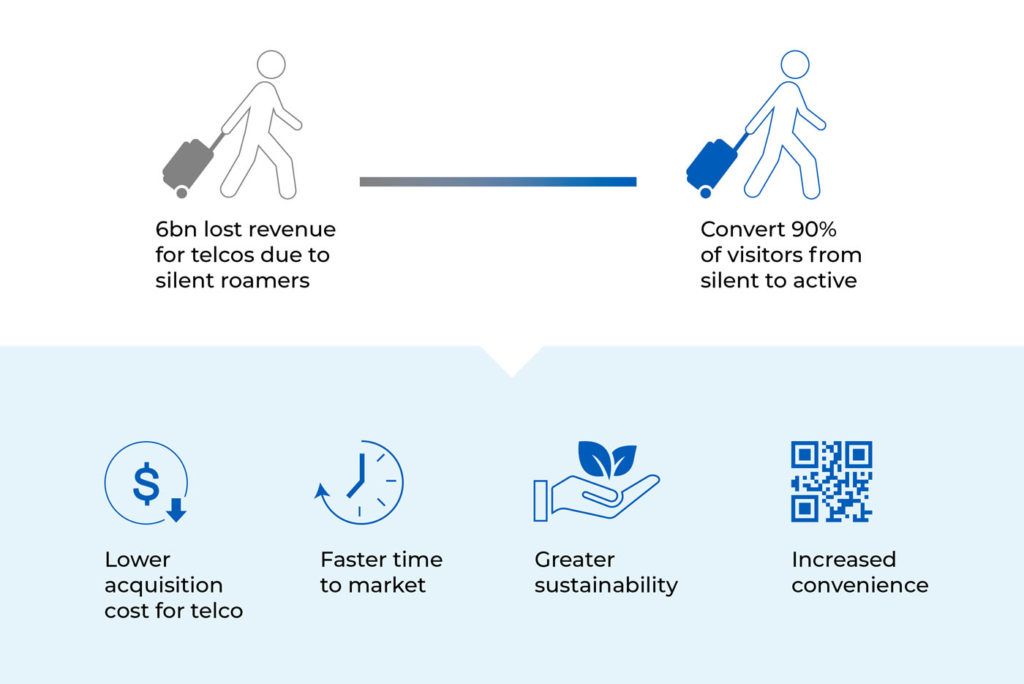
Since international visitors do not generally stay for long it makes keeping the cost of subscriber acquisition low all the more compelling. Offering eSIM solutions gives operators the chance to capture the elusive silent roamers. These users are so wary of being hit with high data charges when traveling between countries that a staggering 90% only connect to available Wi-Fi or turn their phones off altogether. According to the GSMA’s Mobile World Live, these silent roamers equate to an estimated $6 billion in lost annual revenue for mobile operators worldwide. Registering for eSIM means that silent roamers have better control of the cost of their data usage, so they are more likely to connect to local networks.
Wake up new high-ARPU users
With eSIM connectivity, operators can significantly increase their revenue by reaching these heavy data users. These visitors can be converted from silent roamers to active, high-ARPU subscribers who use Google Maps to find the museum or the beach, Trip Advisor to check a restaurant or Instagram to document it all (breakfast included).
For an MNO or MVNO, enabling in-country visitors to access their network services simply requires them to make their network profile available for customers to use in their eSIM device. With the support of a certified remote SIM manager such as Workz, this profile can be securely downloaded by the user on-demand by offering remote provisioning of these devices through a SM-DP+ platform and, for companion devices, a supporting entitlement server. Network groups may also wish to further upsell with value-added ‘multi-IMSI’ packages that offer users a bundle of numbers across different countries.
What telcos need to unlock new eSIM subscribers
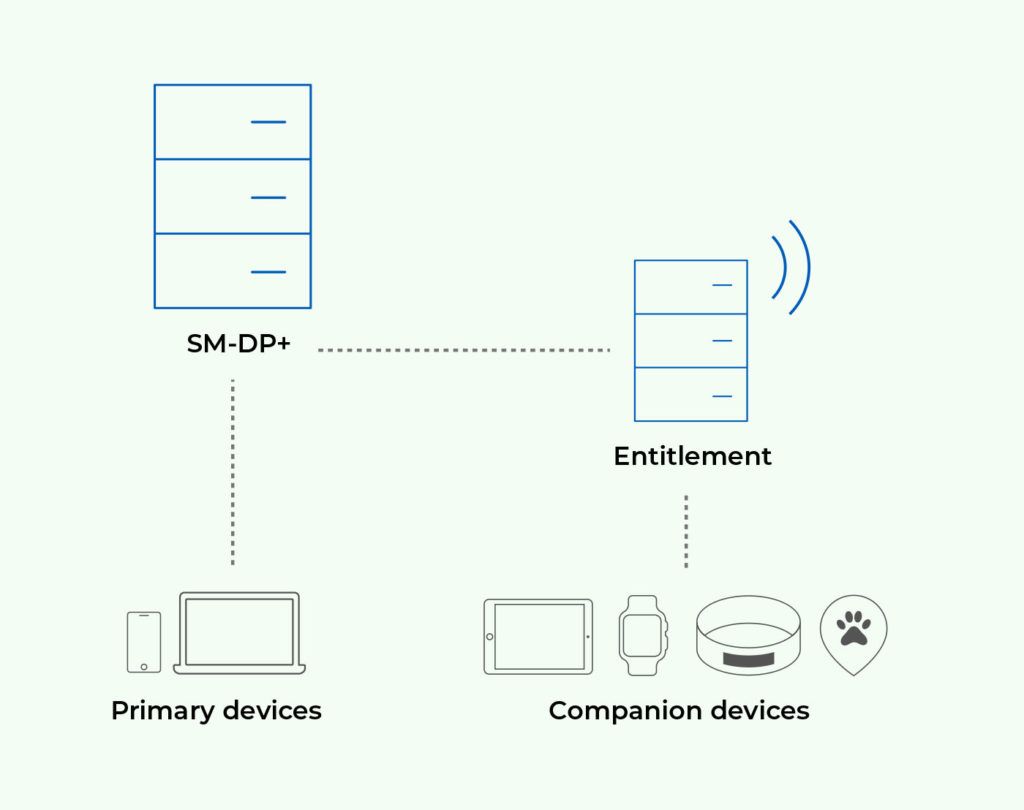
With relatively little expenditure and within a matter of weeks, telcos can capitalise on a huge and growing source of untapped revenue. From our experience, we recommend operators to quickly implement this offering through a simple QR-code activation process with BSS and OSS integration achievable as a second phase. This also makes budgeting for such a project a lot easier.
All roads lead to eSIM
According to Juniper Research, in 2021 there were 1.2 billion eSIM-powered devices sold with two-thirds of network operators worldwide offering eSIM subscriptions and the world’s top three manufacturers Apple, Samsung and Huawei all including eSIM in their product range. Apple has also been rumoured to be planning to launch its first eSIM-only iPhone this September.
eSIM worldwide
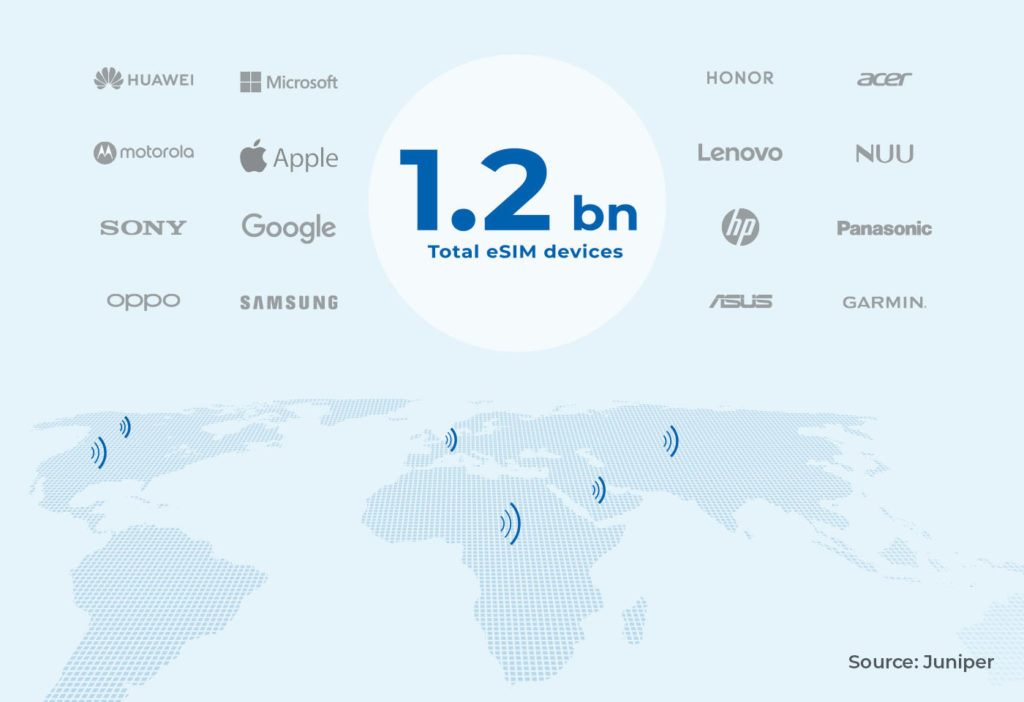
It will be interesting to see who is quickest to capture the in–country visitor opportunity created by eSIM. As always, the challenge for all of us is to evolve our business, digitise and make the most of the opportunities we see. If you’d like more information on how MNOs and MNVOs can offer eSIM connectivity easily and affordably then drop me a message here.


